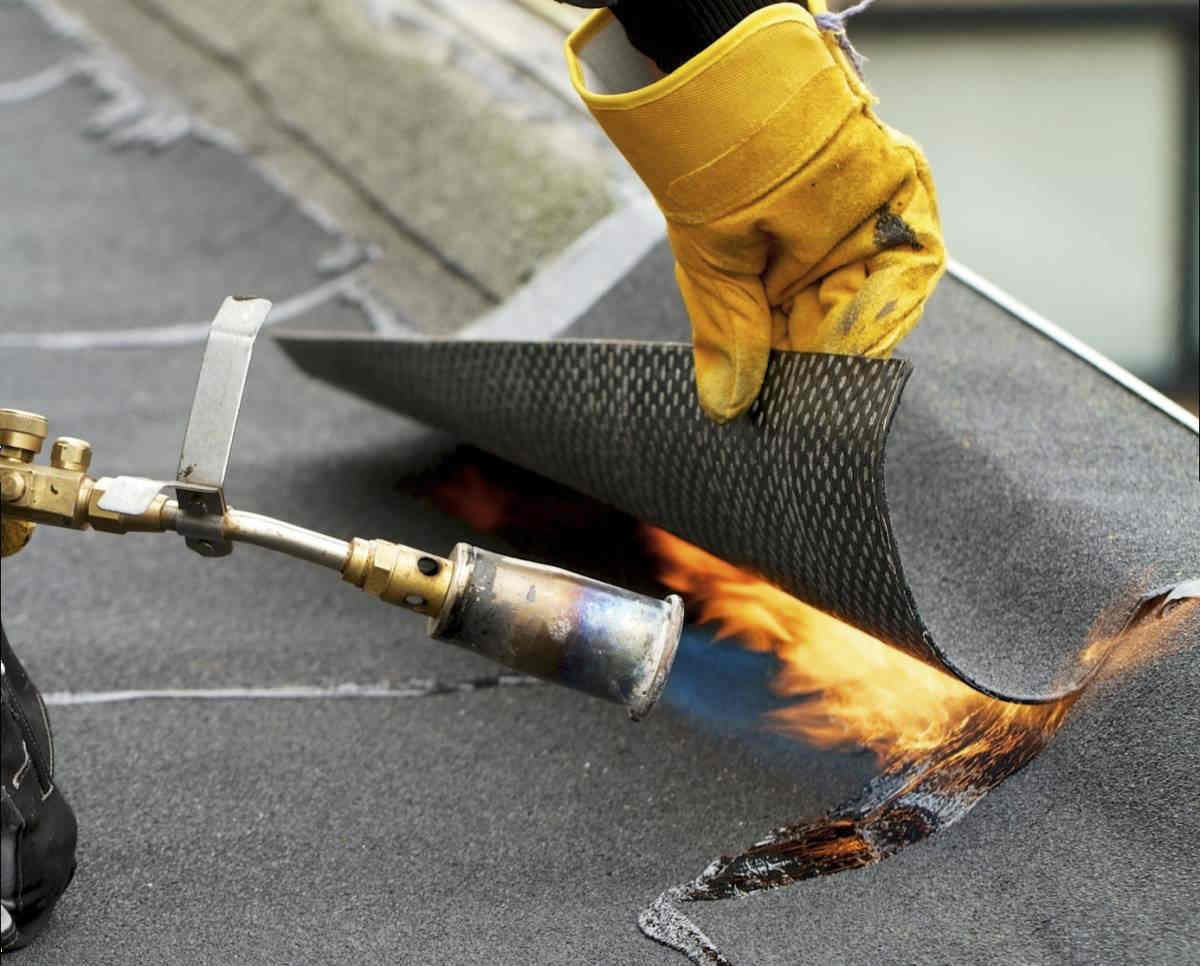Workers in the construction industry that are involved in fire and explosion accidents, are often left with severe and debilitating injuries.

According to the Occupational Health and Safety Administration (OSHA), an average of 36 fire and explosion related deaths occur in the construction industry each year. Construction sites are full of hazards such as electrical systems, temporary heating devices and underground gas lines. These hazards can lead to a fire or an explosion in an instant. Injuries resulting from such accidents are often severe, and include eye, ear, brain injuries, perforation injuries and burn injuries.
In many cases, the worker injured in a fire or explosion is rendered permanently disabled and disfigured, and may never be able to return to work. Many severely injured workers lose their life.
Fire and Explosion Hazards at Construction Sites
At a construction site, a single spark or just a small particle in the case of an arc flash, can cause a serious fire or explosion resulting in severe injuries to workers. Some of the common causes of fire and explosions include:
- Flammable and combustible liquids
- Compressed gas cylinders
- Temporary heating devices
- Chemical tanks or drums
- Liquefied petroleum gas
- Explosives and blasting agents
- Electrical malfunctions and shorts
- Vehicles and heavy equipment
According to OSHA, fires and explosions are responsible for over 200 fatalities and 5000 injuries across all industries each year. A study spanning 11 years recorded as many as 361 fire and explosion related deaths in the construction industry. A fourth of these deaths occurred in multiple death accidents.
The accidents responsible for the most fatalities were:
- Fires
- Arc flashes and blasts
- Chemical explosions
- Pressurized container explosions
OSHA Guidelines on Fire Protection
OSHA requires all employers to implement fire prevention and protection programs. Some key OSHA regulations include:
- Fire protection: Employers are responsible for the implementation of a fire protection program that should be followed across all phases of construction and demolition work
- Temporary heating devices: OSHA mandates that all heaters used in the vicinity of combustible substances such as canvas or tarpaulins should be kept at a distance of at least 10 feet
- Flammable liquids: Employers are required to use only approved portable tanks and containers for storing and handling flammable liquids
- Blasting and the use of explosives: Only qualified and authorized personnel should be permitted to handle and use explosives
Workers Compensation for Construction Site Injuries
Construction workers are entitled to workers compensation benefits for all work related injuries regardless of how the injuries occurred or who was at fault for the accident. If the fire or explosion occurred due to the negligence of a party other than the employer, the worker may be able to being a third party claim against the responsible party. It is in the best interest of the worker to discuss their case with an experienced St. Louis workers compensation lawyer to ensure that their rights are protected.
Call the Law Office of James M. Hoffmann at (314) 361-4300 or fill out our online contact form to schedule a free and private consultation.
Workplace Injury and Accident Causes
Asbestos Exposure
Asbestos Removal
Second Hand Asbestos Exposure
Sexual Assault Workplace
Physical Assault at Workplace
Workplace Injuries Assembly Line
At Fault Accident
Workplace Attack
Benzene Exposure
Injured on Lunch Break
Building Collapse
Workplace Bullying
Chemical Exposure in the Workplace
Chemical Hazards in the Workplace
Cold Stress in the Workplace
Combustible Dust Explosion
Computer Use
Construction Site Accident
Conveyor Belt Accident
On the Job Injury Cause by Coworker
Crane Accident
Injuries from Desk Jobs
Diesel Exhaust Fumes Exposure
Digging Injury
Breaking Company Policy
Drowning at Work
Workplace Drug Use
Electrical Workplace Accidents
Elevator Accident
Equipment Accident
Ergonomics in the Workplace
Excessive Overtime
Workplace Explosion
Extreme Danger
Fall at Work
Fire in the Workplace
Slicer Accident
Forklift Accident
Walk in Freezer
Gas Pipeline Accident
Hard Work
Workplace Hazardous Substances
Hazardous Equipment in the Workplace
Heavy Machinery Accident
Horseplay in the Workplace
Danger at Workplace
Insomnia in the Workplace
Jumping Accident
Ladder Falls at Work
Loading Dock Accident
Machinery Accident Workplace
Equipment Failure Accident
Mining Accident
Mold in the Workplace
Nail Gun Accident
Workplace Noise
Non Collision Accident
Heavy Objects
Workplace Office Equipment
Opioid Use
Injury at Work Due to OSHA Violation
Overexertion Injuries at Work
Use of Pain Killers
Power Tool Injury
Inadequate PPE
Repetitive Motion Injuries in the Workplace
Mansfield Bar
Scaffolding Accident
Secondhand Smoke in the Workplace
Side Effects
Silica Exposure
Sleep Disorder
Slip and Fall Injuries in the Workplace
Stairs at Work
Struck by a Vehicle
Tar Fumes
Toxic Chemical Exposure
Toxic Fumes in the Workplace
Car Accident While Working
Trench Collapse
Trips at Work
Unsafe Working Conditions
Workplace Violence
Welding Injury
Winter Hazards in the Workplace
Working Shifts
